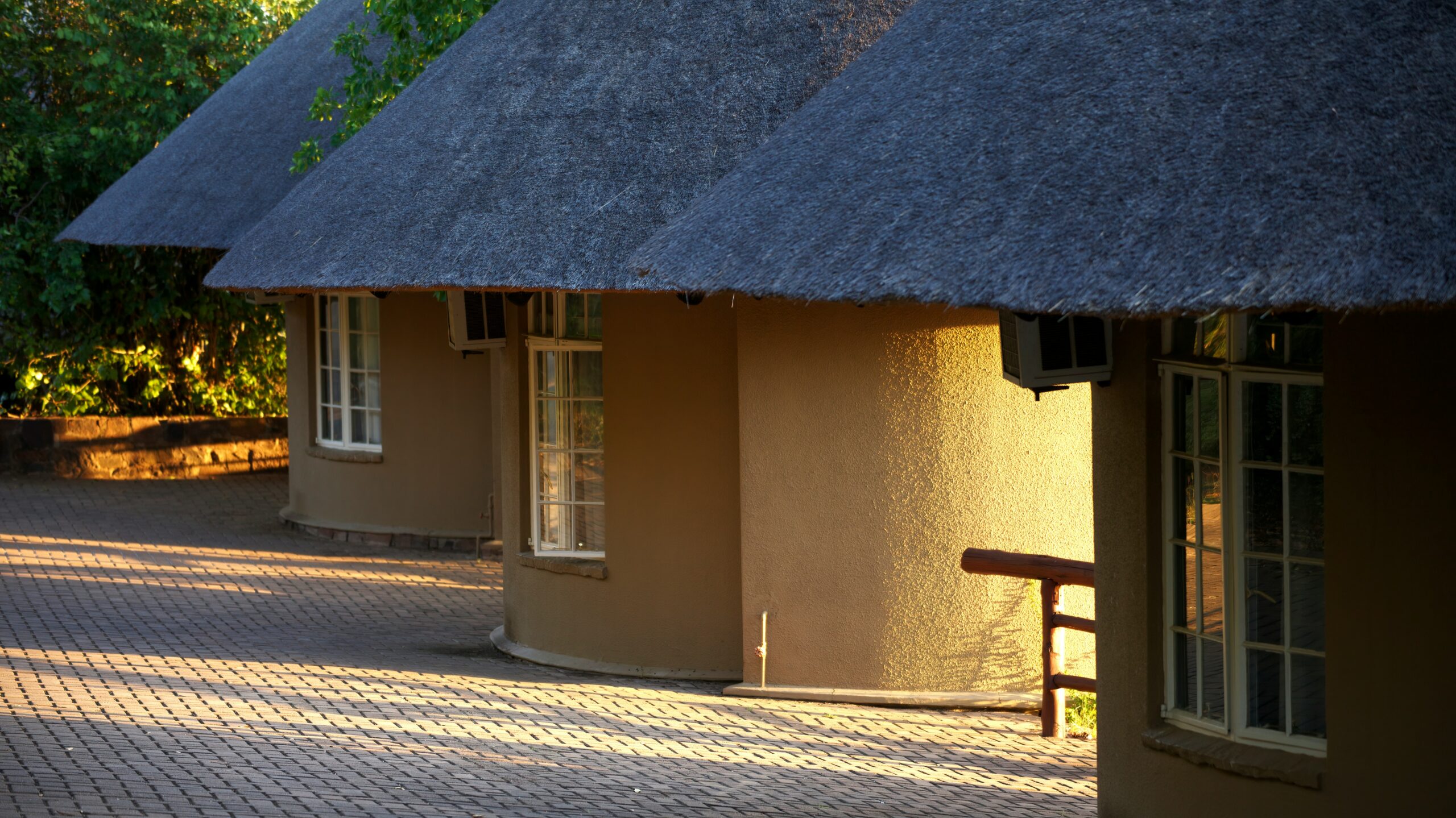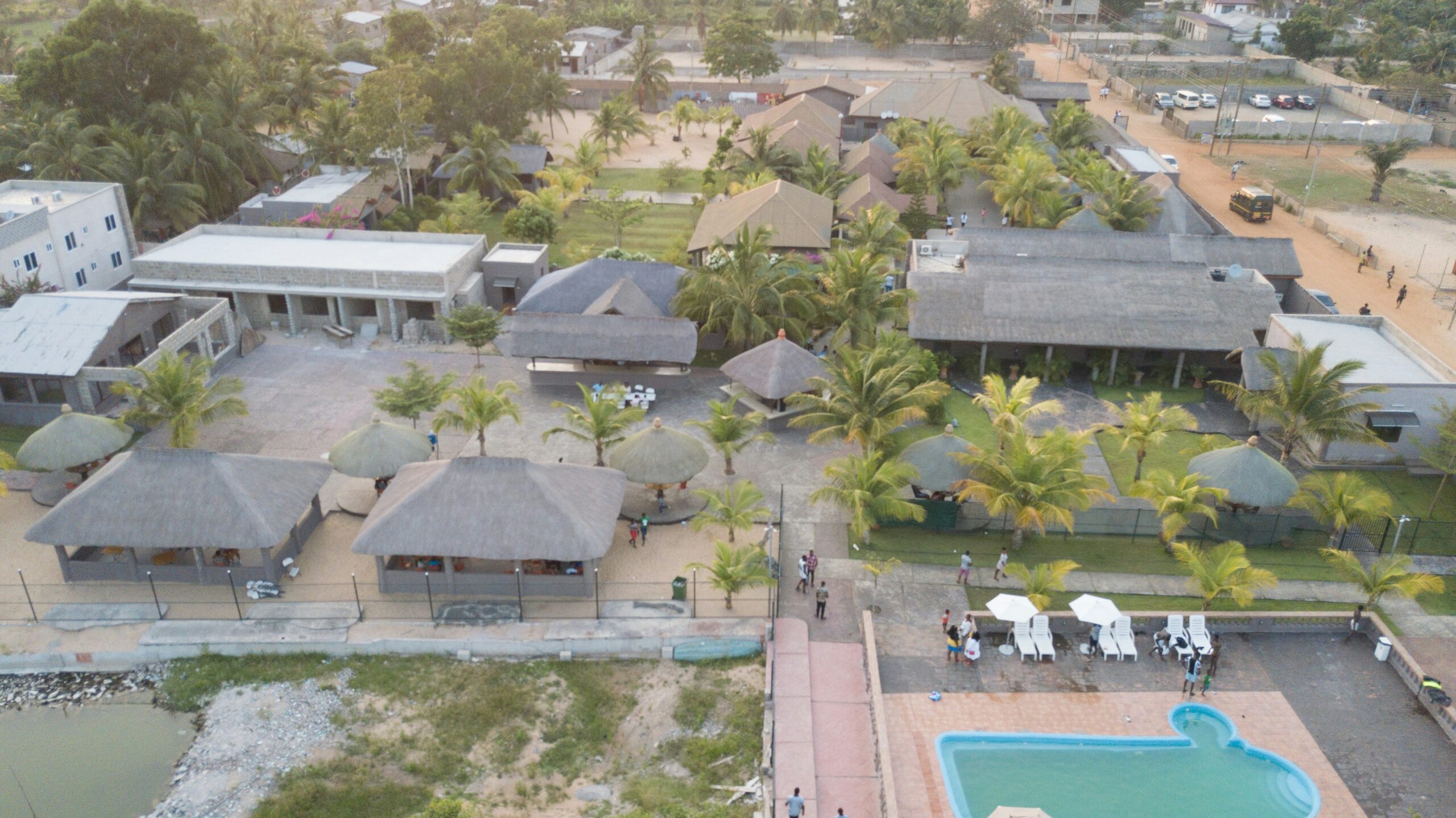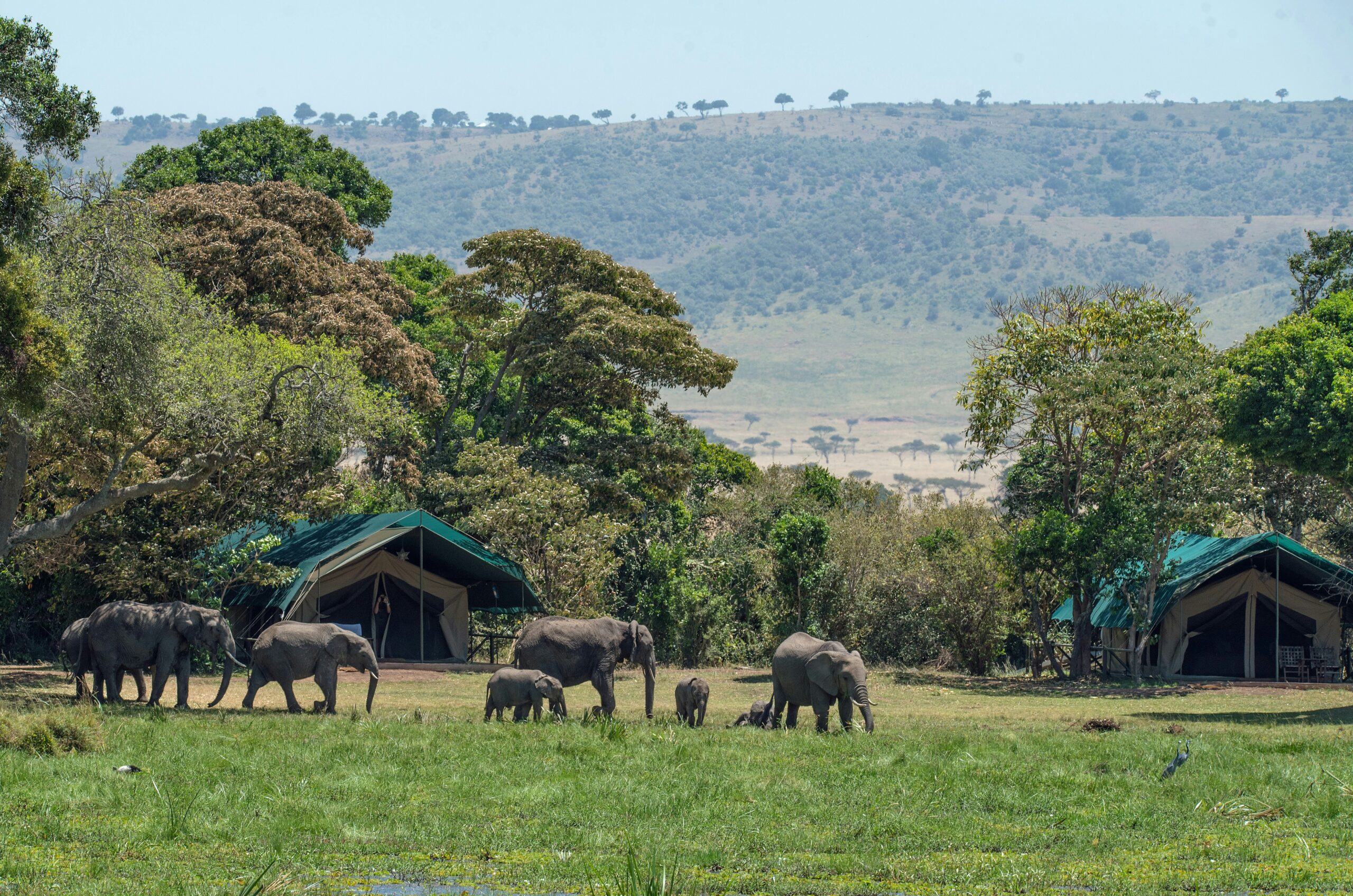Makgadikgadi Pans – The Great Salt Flats of Botswana
Location
Located in northeastern Botswana, southeast of the Okavango Delta and west of the Chobe region, the Makgadikgadi Pans are among the largest salt flats in the world.
Quick Facts
- Size: Over 12,000 km² (some estimates go up to 16,000 km² when including surrounding pans)
- Type: Salt pans (remnants of an ancient super lake)
- Protected area: Part of Makgadikgadi Pans National Park and Nxai Pan National Park
What Are the Makgadikgadi Pans?
The Makgadikgadi Pans are vast, flat expanses of salt-encrusted desert, left behind by the evaporation of Lake Makgadikgadi, which once covered the area tens of thousands of years ago. Today, it’s a place of extreme beauty and solitude — a shimmering white landscape stretching to the horizon.
Main Areas of Interest
1. Ntwetwe Pan
- The largest of the pans
- Often dry and cracked during the dry season
- Rich archaeological significance — Stone Age tools and fossil beds
2. Sua Pan (Sowa Pan)
- Important for birdlife, especially in the wet season
- Home to massive colonies of greater and lesser flamingos when flooded
- Also site of the Botswana soda ash industry
3. Nxai Pan
- Technically separate but ecologically connected
- Famous for Baobab trees (like the Baines’ Baobabs) and seasonal wildlife migrations
Wildlife and Ecology
The pans are mostly dry and lifeless during the dry season, but transform during the wet season (Nov–April) into grassy plains and shallow lakes, attracting:
- Zebra and wildebeest migrations – one of Africa’s lesser-known but massive migrations
- Springbok, oryx, and elephants
- Lions, cheetahs, hyenas – following prey
- Birds: Flamingos, pelicans, kori bustards, and other waterbirds
Things to Do
- Quad biking across the endless salt flats (dry season)
- Camping under the stars – incredibly dark skies for stargazing
- Visit Meerkat colonies – habituated meerkats that may even climb on visitors
- Cultural tours – with the San (Bushmen), who share their knowledge of the land
- Birdwatching – especially in Sua Pan
- Photographic safaris – surreal, moon-like landscapes
Best Time to Visit
- Dry season (May to Oct): Best for quad biking, stargazing, and desert scenery
- Wet season (Nov to Apr): Wildlife migrations, birdwatching, and green landscapes
Note: Access can be difficult during the rainy season due to flooding and sticky clay.
Where to Stay
- Luxury Lodges: Jack’s Camp, San Camp, Camp Kalahari
- Mid-range: Planet Baobab, Makgadikgadi Adventure Camp
- Camping: Available in designated areas within the park
Why Visit?
Makgadikgadi is not a typical wildlife safari destination. Instead, it’s about:
- Immersing yourself in silence and space
- Experiencing one of Earth’s most unique landscapes
- Engaging with traditional cultures
- Discovering beauty in extreme minimalism
Top Lodges to visit in Makgadikgadi Pans
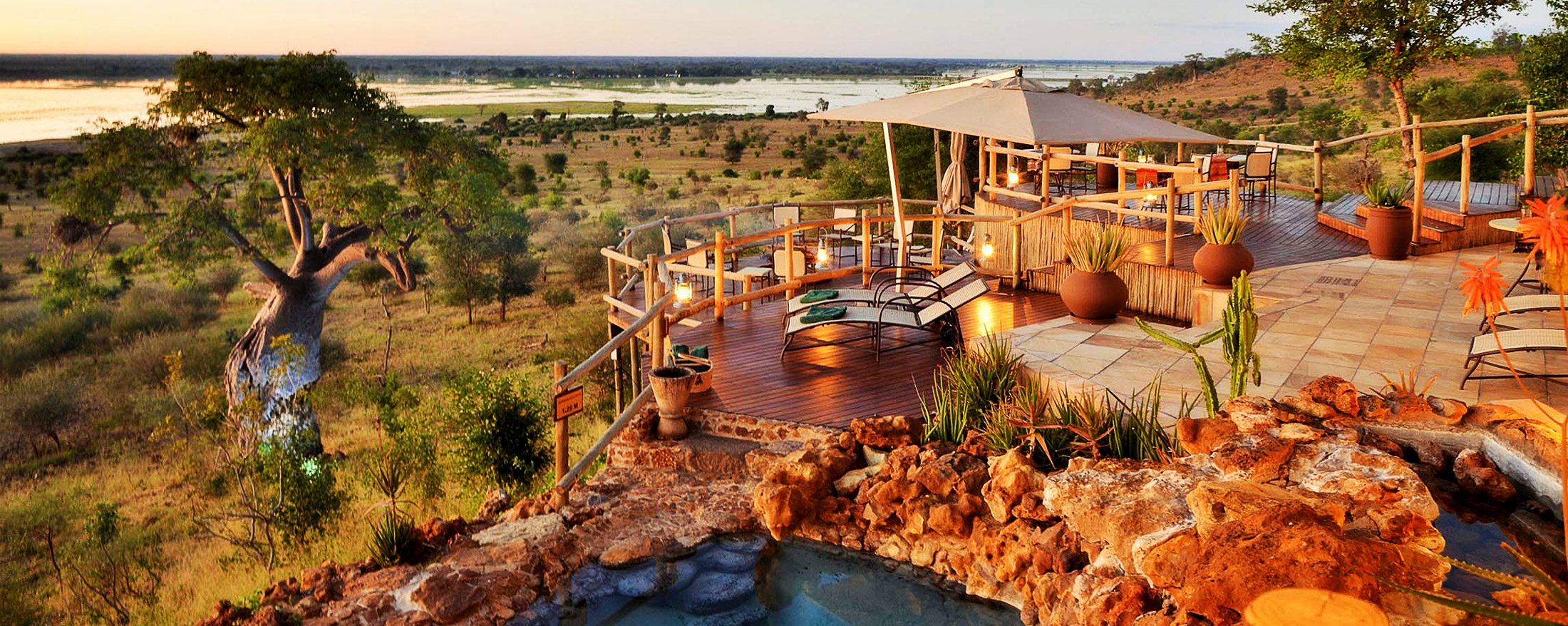
Makgadikgadi Lodge
P 3250.00/Night
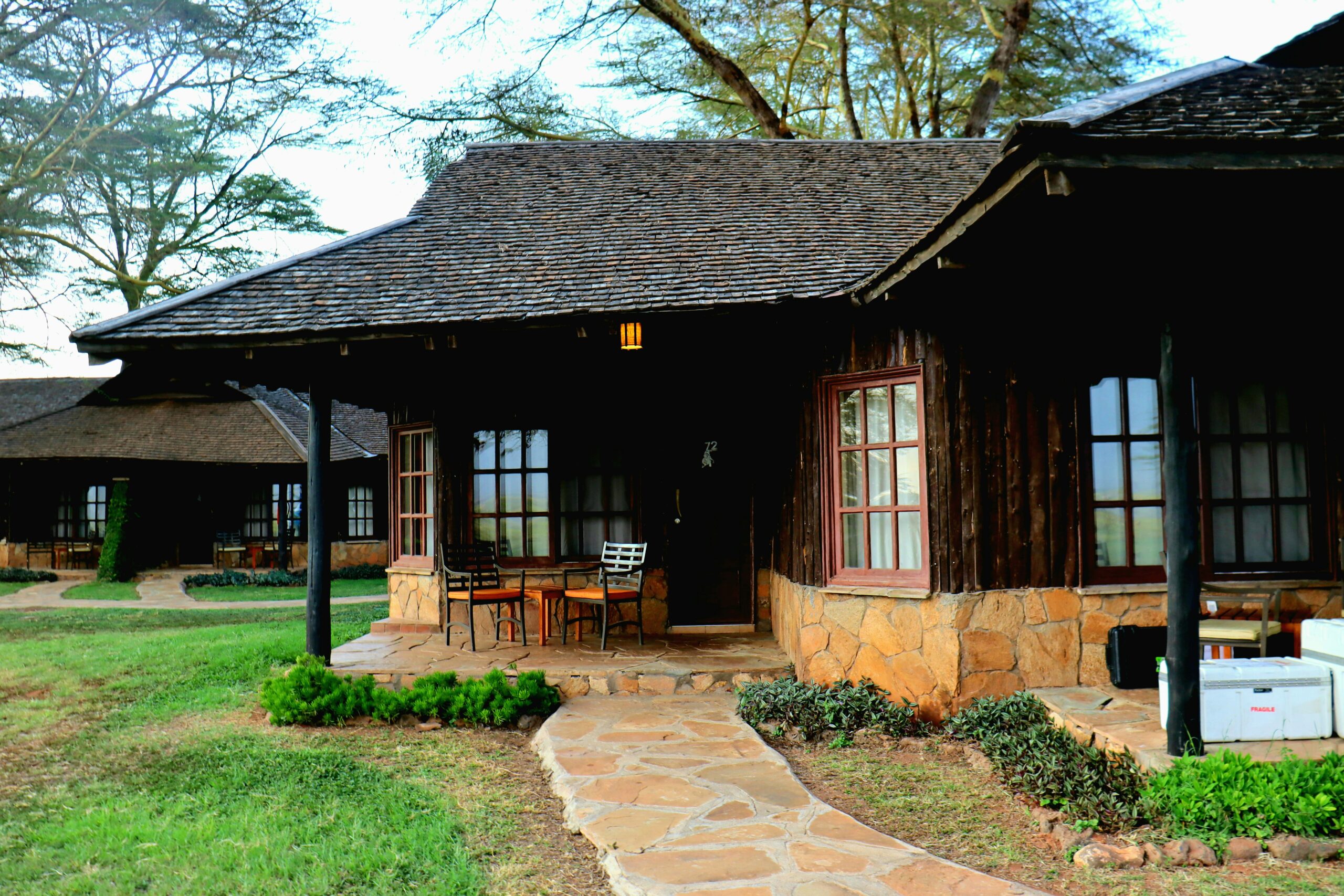
Makodikgadi Lodge
P 3000.00/Night
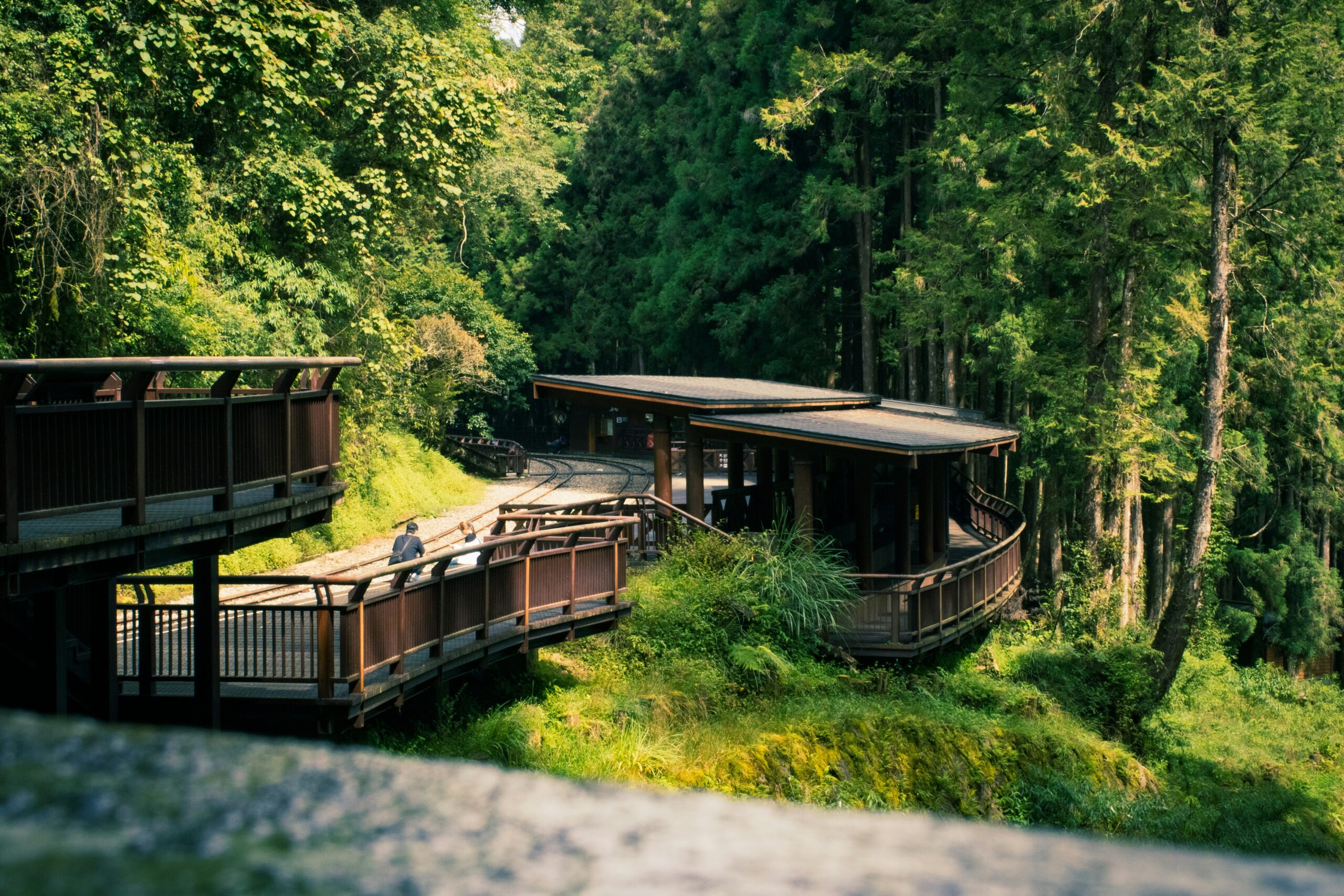
Phiri Makgadikgadi Lodge
P 2250.00/Night

